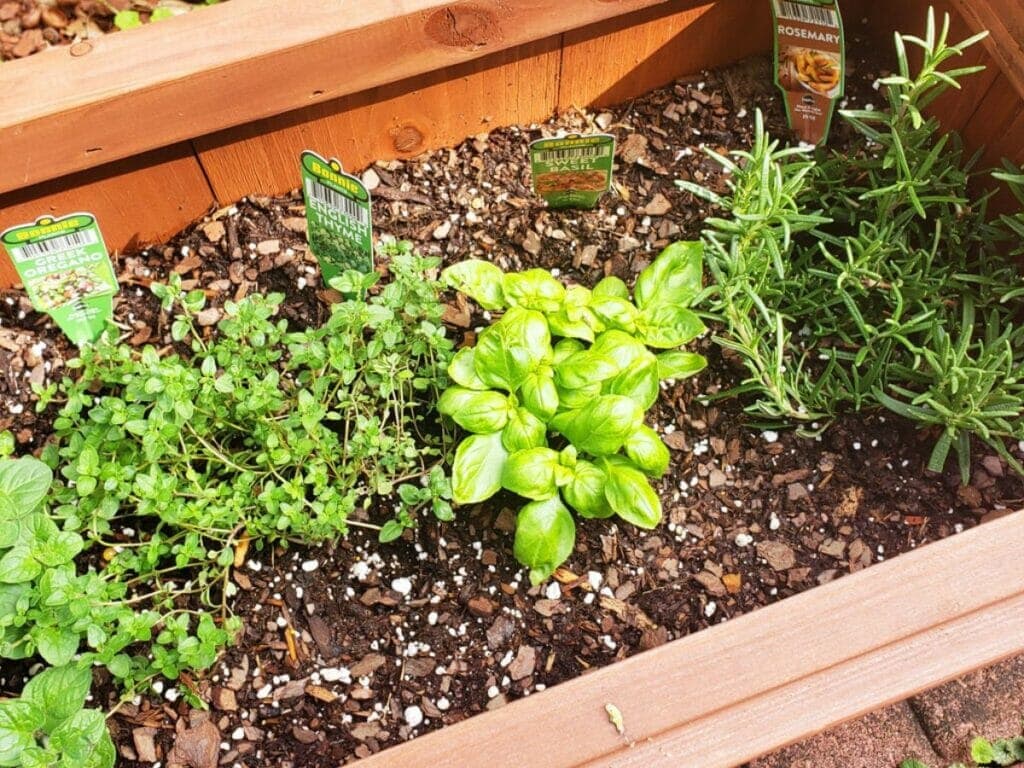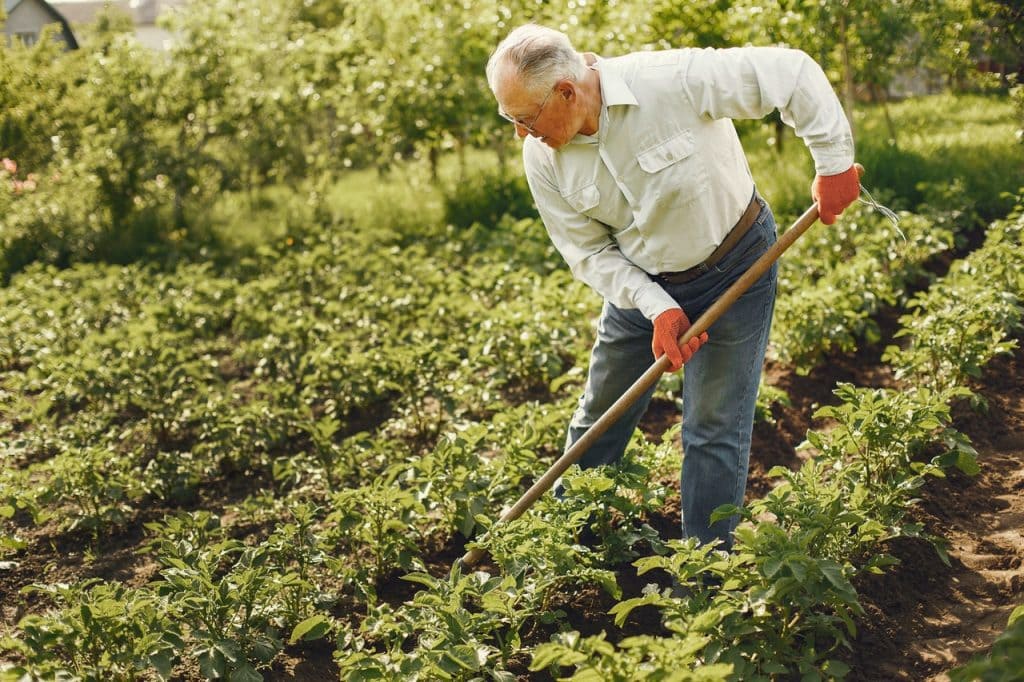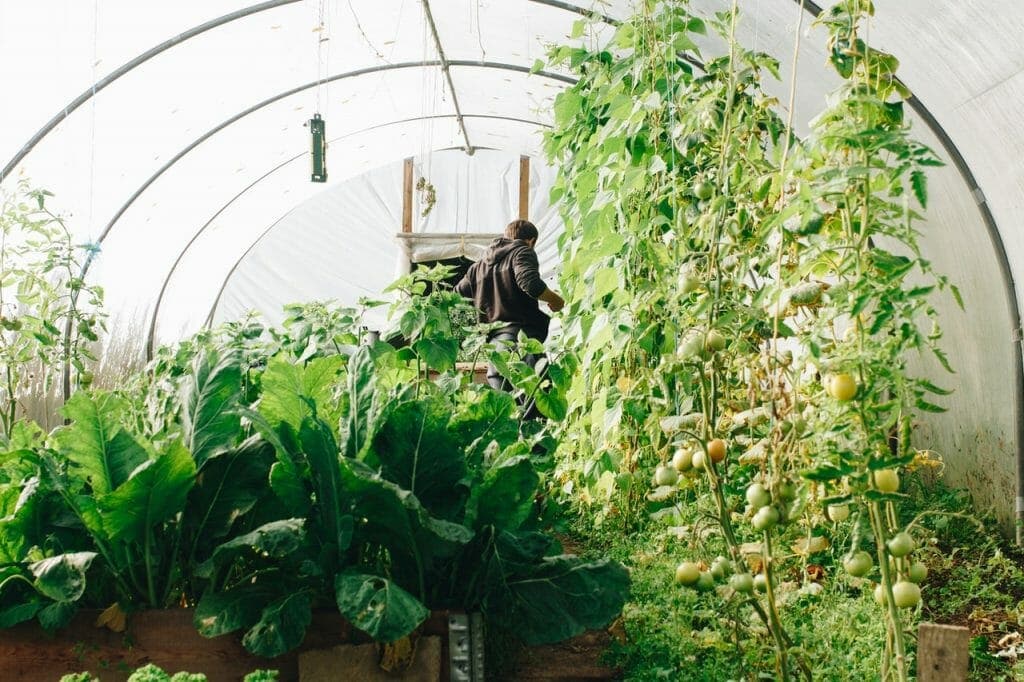Starting Your Herb Garden from Scratch
Are you thinking of starting an herb garden? Great idea! Not only are herbs easy to grow, but they can also add flavor and nutrients to your meals. Plus, having your herb garden is a great way to save money at the grocery store. But where do you start? In this blog post, we’ll give you some tips on how to start your herb garden from scratch.
1. Pick the Right Location
Spring is here, and that means it’s time to start thinking about your herb garden! If you’re new to herb gardening, you might be wondering how to pick the right location for your garden. When selecting a spot for your garden, make sure to choose an area that gets plenty of sunlight. Herbs need at least six hours of sunlight per day in order to thrive. If you live in a climate with long, hot summers, you may want to choose a spot that gets some afternoon shade to prevent your herbs from drying out. Here are a few things to keep in mind as you choose the perfect spot for your herbs.
Sunlight: Most herbs need at least six hours of sunlight per day, so you’ll want to pick a spot in your yard that gets plenty of suns. If you can’t find a spot that gets that much sun, you can try planting your herbs in containers and moving them around to follow the sun.
Soil: The type of soil in your yard will also influence where you plant your herbs. Herbs prefer well-drained soil with a neutral pH. If you’re not sure about the pH of your soil, you can have it tested by your local cooperative extension service.
Water: Herbs also need to be watered regularly, so you’ll want to pick a spot near a water source. If you don’t have an outdoor faucet, consider running soaker hoses or drip irrigation lines from your indoor plumbing. This will help make sure your herbs always have enough water.
Picking the right location for your herb garden is important if you want your plants to thrive. Keep sunlight, soil, and water in mind when choosing a spot, and you’ll be well on your way to growing a healthy, abundant herb garden.
2. Prepare the Soil
The first step to starting a garden is preparing the soil. The type of soil you have will determine what kind of plants will grow best in your garden. To test your soil, take a small sample and place it in a jar or glass of water. If the water is clear, your soil is sandy
- Loamy Soil: Loamy soil is a mix of sand, silt, and clay. It’s the ideal type of soil for most plants because it holds moisture and nutrients well without becoming too soggy.
2. Clay Soil: Clay soil is made up of tiny particles that bind together to form a heavy, compacted mass. Because it’s so dense, clay soil tends to be compacted and doesn’t allow air or water to move freely through it. As a result, plants growing in clay soil can suffer from poor drainage and root disease.
3. Sandy Soil: Sandy soil is made up of large particles that don’t hold onto moisture or nutrients well. Plants growing in sandy soil tend to be drought-resistant and need less fertilizer than plants growing in other types of soil.
4. Chalk Soil: Chalk soil is very alkaline and has a high pH level. This type of soil is found near limestone cliffs or areas with a lot of limestone deposits beneath the surface. Because it’s so alkaline, chalk soils are often low in nutrients, which can make them difficult to garden in unless you regularly add fertilizer to the soil.
5. Peat Soil: Peat soils are made up of partially decomposed plant matter, such as leaves and bark. They’re acidic and have a low pH level, which makes them ideal for growing acid-loving plants such as blueberries and azaleas.
6. Cohen Soil: Cohen soils are made up of a mix of sand, silt, and organic matter such as compost or manure. They’re fertile and hold moisture and nutrients well, making them ideal for growing most types of plants.
7. Loess Soil: Loess soils are made up of windblown deposits of silt that have been blown into dunes or hillsides over time. They’re very fertile and hold moisture and nutrients well, making them ideal for growing most types of plants.
8 .Peat Moss: Peat moss is an organic material that’s derived from Sphagnum mosses that grow in bogs or swampy areas. It’s typically used as a potting medium for container gardens or as an amendment for sandy or clay soils to improve drainage and aeration while also adding nutrients to the soil.”
Preparing the soil for your herb garden may seem like a lot of work, but it is well worth it to have a healthy and thriving garden. By following these simple steps, you will be on your way to enjoying fresh herbs all season long!
Regardless of what type of herbs you want to grow in your garden, understanding the composition of your soil is key to having a successful garden.” By testing your sample and familiarizing yourself with the different types described above, you can amend your conditions as needed to create the perfect environment for your desired herbs!
3. Choose the Right Plants
Herbs are a great addition to any garden, not only do they look great, but they can also be used in cooking, natural medicine, and more. When it comes time to choose which herbs to grow, the sky’s the limit! However, if you’re just starting out, we recommend choosing herbs that are easy to grow and care for. Some of our favorites include Basil, Oregano, Thyme, Rosemary, and Sage. Once you’ve decided on which herbs you’d like to grow, it’s time to purchase your plants or seeds. But with so many different herbs to choose from, it can be difficult to know where to start. Here are a few tips on how to choose the right plants for your herb garden.
- Consider your climate. Some herbs are more tolerant of cold weather than others, so if you live in an area with colder winters, you’ll want to choose plants that can withstand the elements. Conversely, if you live in a warmer climate, you’ll want to choose plants that can tolerate the heat.
- Consider your soil type. Some herbs prefer drier soil while others prefer soil that is moister. Knowing the type of soil you have will help you choose plants that will thrive in your garden.
- Determine how much sun your garden gets. This is important because some herbs need full sun while others prefer partial shade. Choosing plants that can tolerate the amount of sun or shade in your garden will help ensure they stay healthy and happy.
- Decide what you want to use your herbs for. If you’re looking to add flavor to your cooking, then you’ll want to choose culinary herbs such as basil, oregano, and thyme. If you’re interested in using herbs for medicinal purposes, then you’ll want to choose plants such as lavender, chamomile, and peppermint.
- Don’t forget about aesthetics! Not all herbs are created equal when it comes to looks; some have beautiful flowers while others have interesting foliage. When choosing plants for your herb garden, be sure to consider how they’ll look in addition to how they’ll perform.
Conclusion:
Starting an herb garden is a great way to add flavor (and nutrition!) to your meals while saving money at the grocery store. And with these tips, anyone can do it! Just remember to pick the right location, prepare the soil properly, and choose plants that will suit your needs. Happy gardening!




